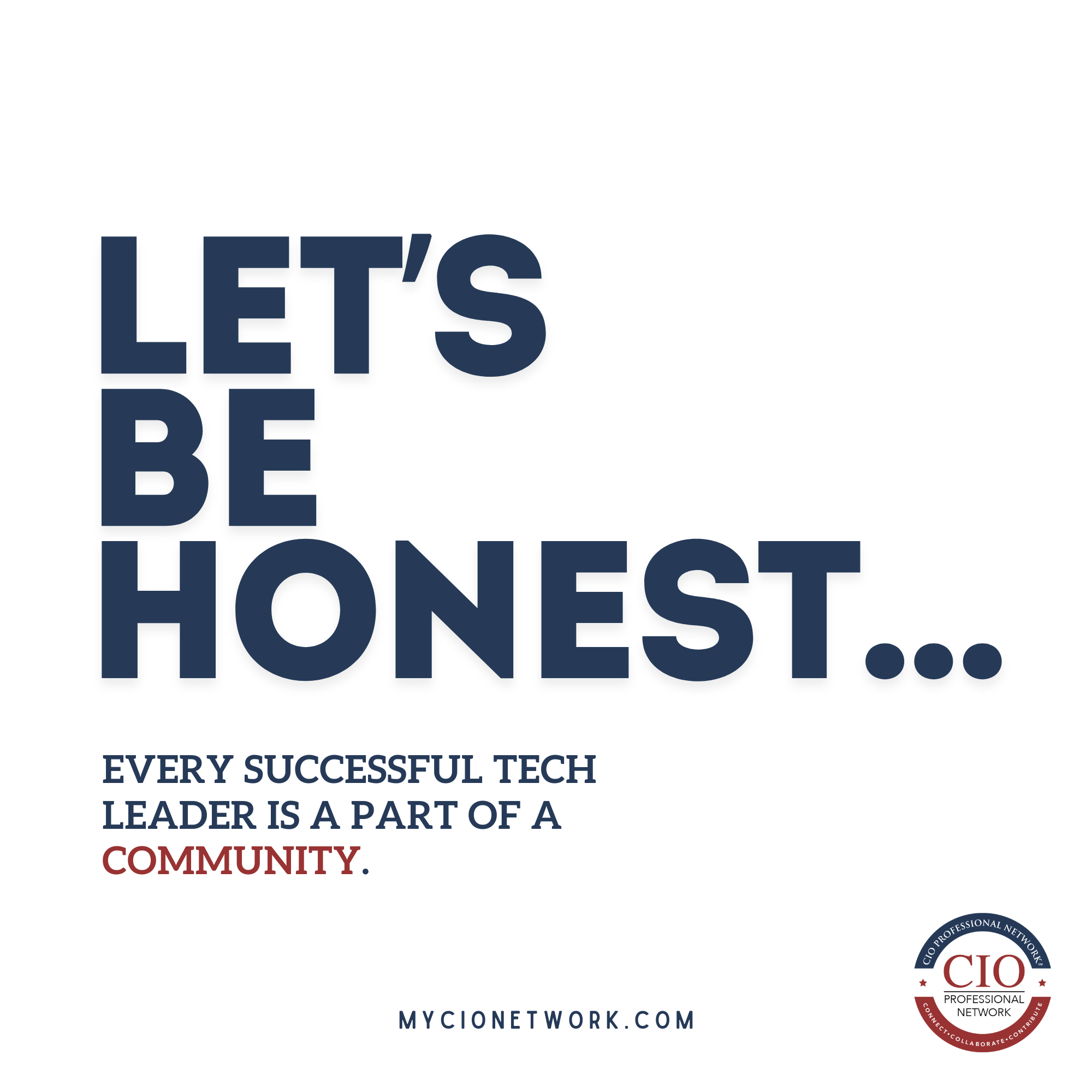Workplace civility is facing serious challenges, and the data confirms it. The Society for Human Resource Management (SHRM) recently released its Civility Index, which rated U.S. businesses at just 48.8 out of 100.
That number reflects a deeper issue brewing in offices and organizations across the country.
Employees and leaders are feeling the impact of strained communication, eroded trust, and inconsistent behavior. These tensions can lead to disengagement, lowered morale, and costly turnover, especially when they’re not addressed early and thoughtfully.
One clear path forward begins with leadership accountability and a renewed focus on internal culture. Rebuilding civility requires a mission-driven approach and a strong foundation of shared values.
Culture doesn’t develop on its own, and civility won’t reappear without a deliberate, daily effort.
Leaders have an opportunity, and responsibility, to set the tone every day, with actions that reinforce a clear sense of purpose and shared values throughout the company.
Why It Matters: Organizations that neglect culture often find themselves reacting to problems that could have been prevented. Employees want to work in environments where they feel respected, supported, and connected to a larger purpose. When civility erodes, collaboration falters and productivity declines. Investing in culture influences retention, brand reputation, and organizational effectiveness. Leadership that’s committed to fostering civility lays the groundwork for long-term health and adaptability in any business.
- Leadership Sets the Standard Daily: Civility must begin with the CEO and senior leadership team. When leaders actively embody the values of the organization, consistently and without exception, it sends a message to every team member about what’s expected and what’s possible. Employees observe how leaders act far more than they listen to what’s written in company materials. That daily modeling becomes the real definition of company culture.
- Values Need to Be Lived in Everyday Moments: Simply stating values during onboarding or posting them on a website won’t shape behavior. What makes values meaningful is how often they are reinforced and integrated into regular business activities. This includes practical tactics like hosting values-focused town halls, opening meetings with mission statements, or calling out examples of value-aligned actions in team discussions. These efforts help shift values from abstract ideas into habits.
- Training Managers to Be Culture Stewards: While top leaders set the tone, managers are the ones who interact most frequently with employees. If they aren’t given the right tools or training to uphold values and support positive behavior, culture efforts stall. Focus should shift to be not only on accountability for poor behavior but on daily coaching and recognition that promotes what the company wants to see more of. This approach requires time, consistency, and organizational backing, but it’s essential to prevent cultural drift.
- Leading with Intention and Visibility: Leadership can’t influence culture from behind closed doors. Team members look to their leaders not only for direction but for behavioral cues. CEOs should challenge themselves to think of themselves as both leaders and teachers, showing, explaining, and demonstrating the culture they want to see. By showing up consistently and staying connected to the day-to-day, leaders can cultivate a workplace where respect, alignment, and collaboration are the norm.
- Building a Culture That Endures: Culture should not be treated as a campaign or an initiative. Culture is the framework that supports everything else. Think of it as building a house that people actually want to live in. It needs to be stable enough to handle uncertainty, yet flexible enough to evolve with changing conditions. That kind of culture requires leadership buy-in, structural support, and a deep sense of shared purpose that goes beyond any individual moment or external pressure.






